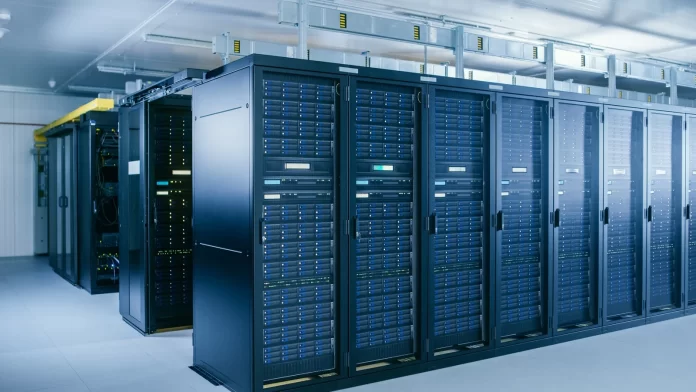All of us rely on data storage, whether we’re managing storage arrays at the enterprise scale or just a basic laptop and flash drive. While it’s tempting to think that data storage is somehow permanent, the reality is, most data storage solutions have a finite lifespan.
How long do these data storage solutions last and how can you extend this lifespan?
Why Data Storage Lifespan Matters
It’s important to recognize the finite lifespan of data storage, if you care about your data. Sooner or later, every data storage mechanism is going to fail, but with proper planning, you can extend that lifespan and safeguard your data with backups. For example, aging storage arrays can increase your risk of data loss – but upgrading and overhauling those storage arrays (while maintaining redundant backups) can greatly reduce this risk.
The Lifespan of Data Storage
These are some of the most prominent types of data storage:
- Magnetic tape. Though it’s a relatively old form of data storage, magnetic tape is still commonly used in many applications. Losing data in this type of data storage usually happens because layers of the tape start to separate or because the magnetic charge is lost. In truly ideal conditions, magnetic tape storage can conceivably last for up to 30 years. However, in conditions that deviate from those perfect conditions, it’s almost inconceivable for magnetic tape to last this long. Instead, you can count on between 10 and 20 years – and even less if you use this type of storage frequently or use it under poor conditions.
- Floppy disks. Floppy disks aren’t commonly used anymore, but they’re still worth addressing since they use similar technology as magnetic tape. Floppy disks were historically unreliable, with some disks failing to function properly even when brand new. The flimsy nature of these devices, combined with their frequent use, typically made them last a few years at the most. That said, under ideal conditions, even floppy disks can last more than a decade.
- CDs, DVDs, and Blu-rays. CDs and DVDs are very similar, both offering a standard shelf life of between 5 and 10 years if they remain unrecorded. However, once you make a recording on these types of discs, you can only count on a lifespan between 2 and 5 years – though it’s not uncommon for this type of media to last 25 years or longer. The big problem with this type of media is that it’s vulnerable to damage; the surface is relatively unprotected, and even minor scratches can compromise the integrity of your data. Blu-rays are similarly vulnerable, but they still tend to last longer because the data writing is done using a more advanced process.
- M-discs. M-discs are a relatively new type of advancement that can hypothetically archive information for 1,000 years or longer – at least, according to the manufacturer. Obviously, we have not been able to test this theory.
- Hard disk drives (HDD). One of the most common types of storage media is the hard disk drive (HDD), which relies on a combination of internal parts to write and store data. Unfortunately, this complex assortment of moving parts means that the entire hard drive is likely to fail whenever a single component fails. Most external HDDs last 3 to 5 years, with regular use, before some internal component stops working. Internal HDDs tend to last longer. And, of course, there are rare exceptions of HDDs that can last 25 years or more.
- Flash storage. Another very common form of data storage is flash, as it’s used in enterprise data center servers, networking technologies, and consumer devices like cell phones, SD cards, and as you might have guessed, flash drives. This method of data storage relies on trapping electrons in a kind of floating gate; writing and erasing data are both actions that can wear out the internal structure, eventually rendering it unable to hold the charge, and thus, unable to retain data. Since flash storage can be applied in so many different ways, it’s hard to make a broad assessment of reliability. As a general rule, you can expect SSDs with NAND flash memory to last 3 to 5 years. Some products come with a warranty of only 1 year, while others come with a lifetime guarantee.
As you can see, with so many different data storage options on the market, it’s impossible to make a singular statement about how long data lasts. Even within each category, it’s conceivable to see data last less than a year or more than a decade.
What’s important is that you understand how hard it is to predict data storage longevity – and that you have maintenance and backup strategies to mitigate this risk.

























